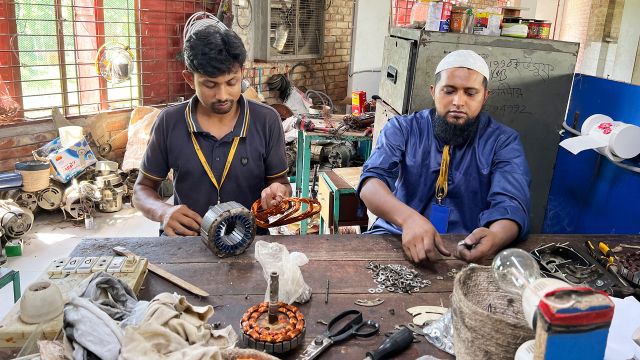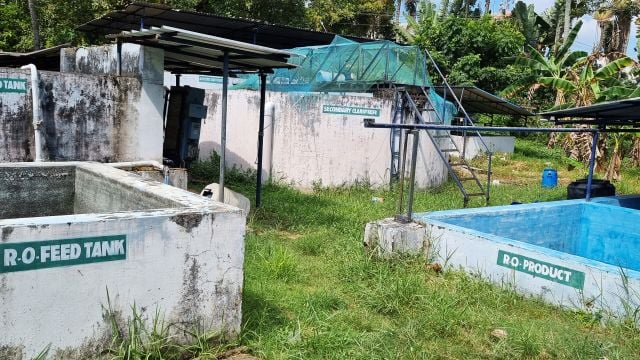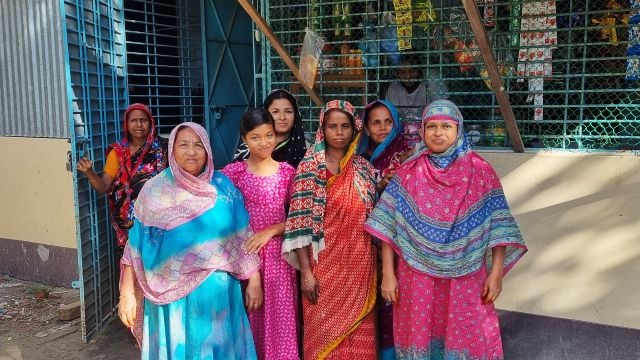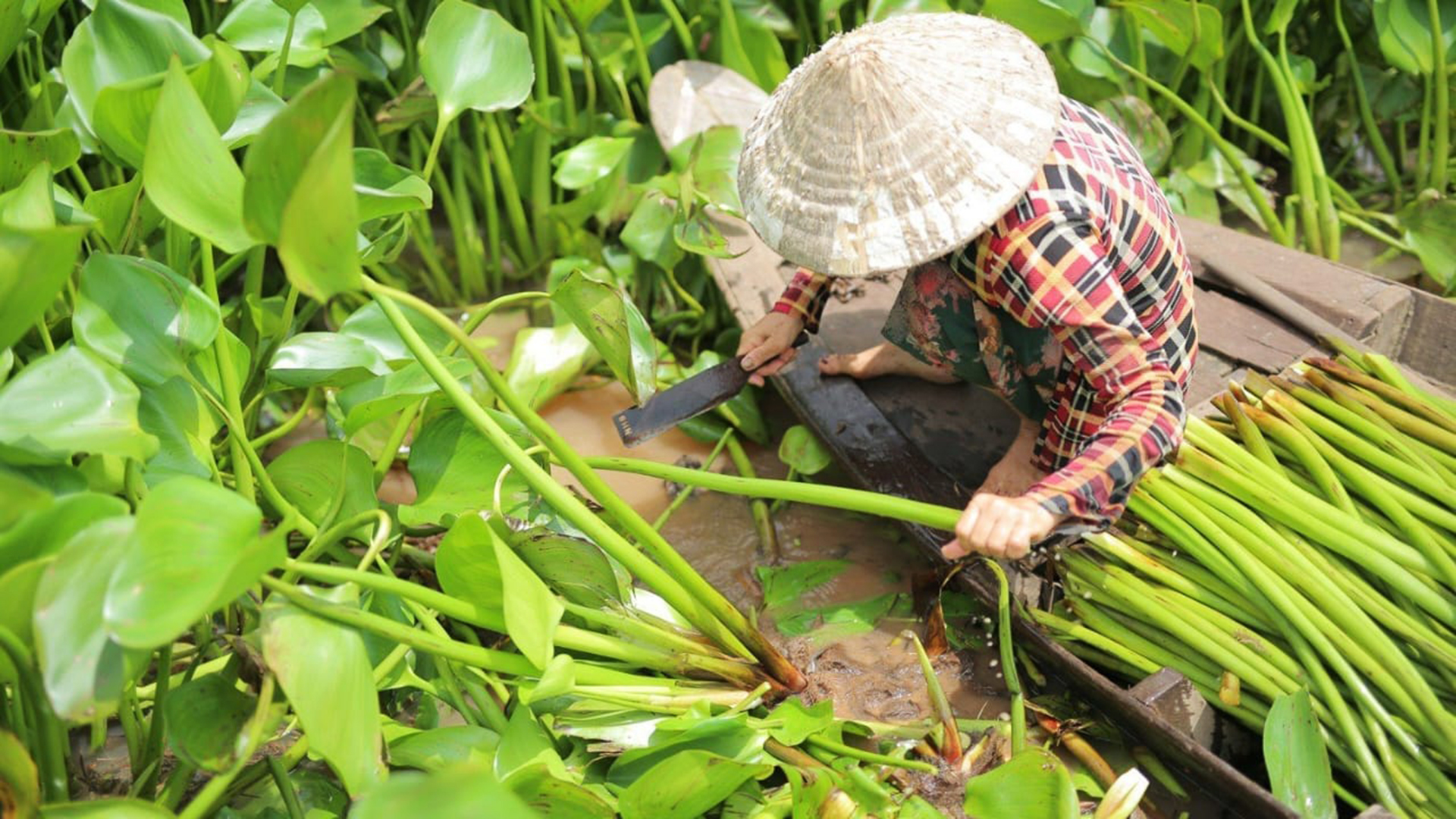
Harvest of water hyacinth stalks on the river in Vietnam
How our natural materials are extracted & produced
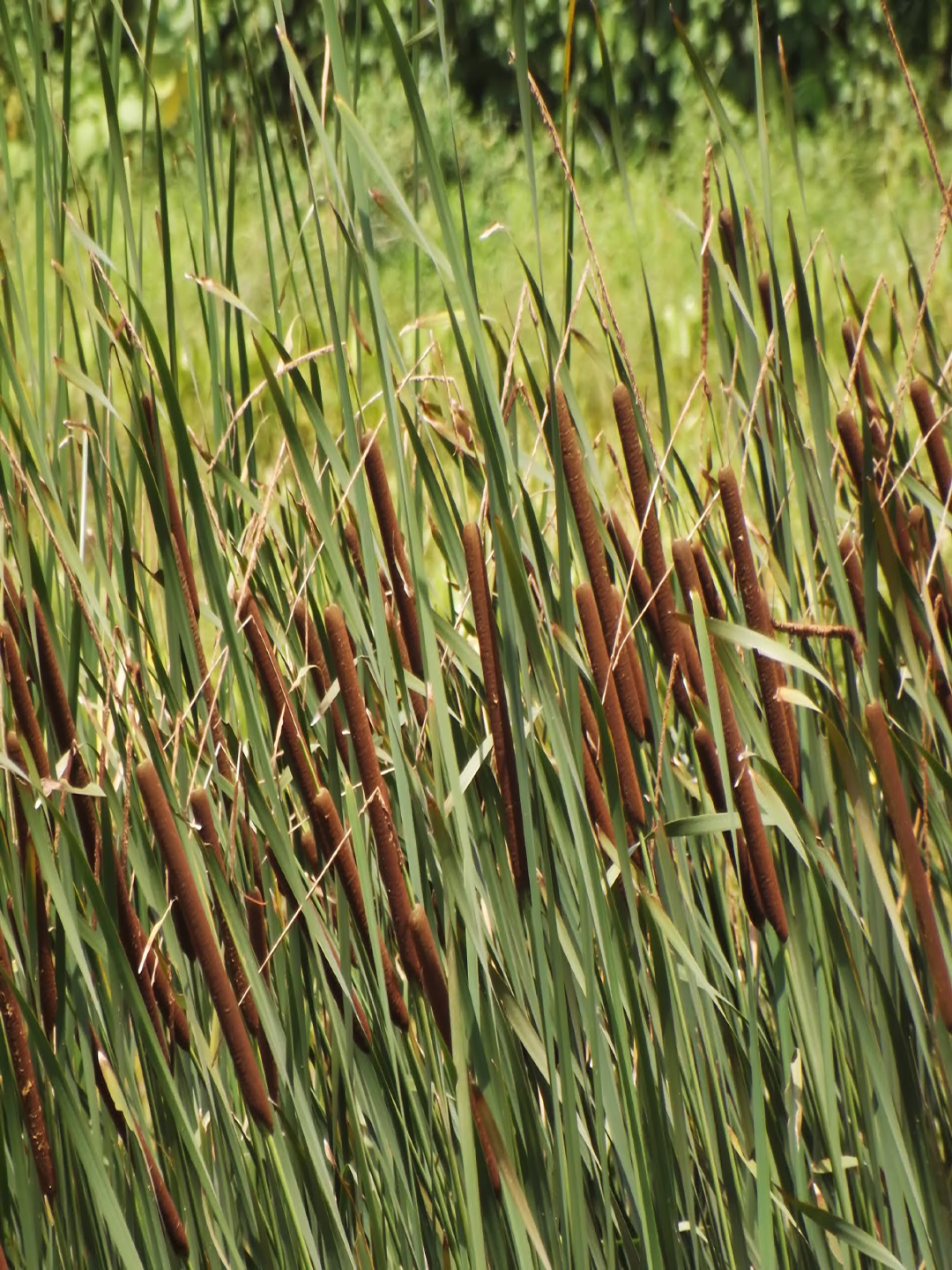
Seaweed alongside the river in Bangladesh
Wild seaweed from Bangladesh
The seaweed is tall straw that grows wild in both Vietnam and Bangladesh, but it is our supplier in Bangladesh who manufactures most of our seaweed products. However, the material does not grow right at the factory, so our supplier buys the material in dried leaf bundles or as pre-twisted rope from a nearby area. Seaweed grows best near watercourses and is harvested by cutting the grass off the ground. The drying process for seaweed, before you can start twisting the grass into ropes, is comparable to the same for water hyacinth, thus both simple and time-efficient.
Jute – “The Golden Fiber”
90% of the world’s jute is grown in Bangladesh and India. The plant needs a lot of sun and a humid climate, but it does not require pesticides or fertilizers and grows excellently in lean soil. After a period of cultivation with jute, the soil is more nutritious and suitable for root crops, onions, rice etc. for a few months. After that, jute is grown again the next period. The growth period of the jute plant is 4-5 months.
Our supplier in Bangladesh grows jute in plantations on its own land. The bundled jute fiber is stored for up to a year depending on demand. They have a well-developed facility for the time-consuming preparation and finishing of the jute fiber needed to transform it into a highly durable, beautiful and shiny material – ready for product manufacturing. Also known colloquially as “The Golden Fibre”.
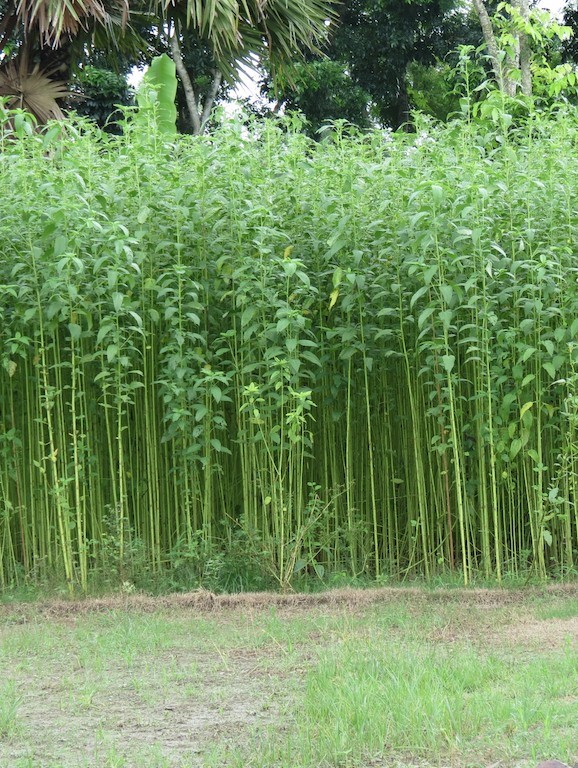
Jute plantation in Bangladesh
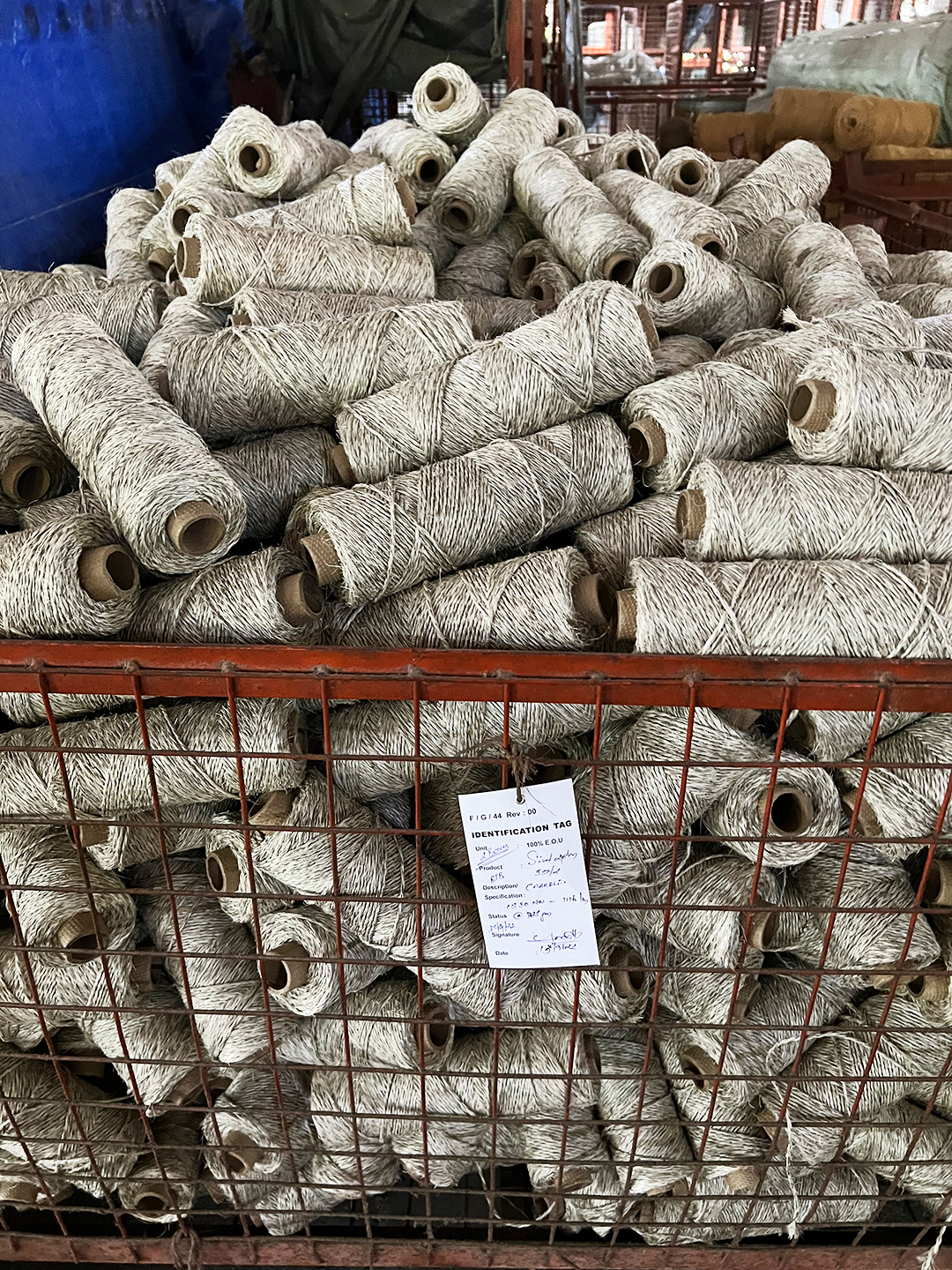
Sisal yarn wound up on spools for weaving
Sisal – a durable and popular fiber material from Mexico
Our sisal rug supplier in India buys the ivory white, shiny sisal in bundles from Mexico, a country with large sisal plantations. The name also comes from the town of Sisal in southern Mexico. The material is dyed, twisted into yarn and rolled up on spools by machine in the factory in Tuticorin, (central India) and then machine woven to beautiful rugs there or in the factory in Kerala which we know so well after several visits.
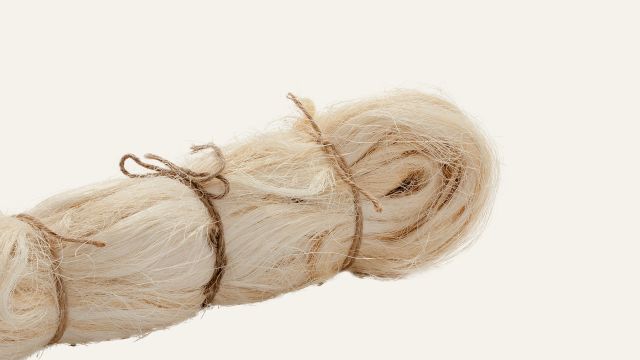
Sisal fiber is produced by drying and processing the cactus-like leaves from the sisal plant. It is a durable and relatively stretchable fiber that absorbs minimal water, which gives it good resistance when used in exposed environments.
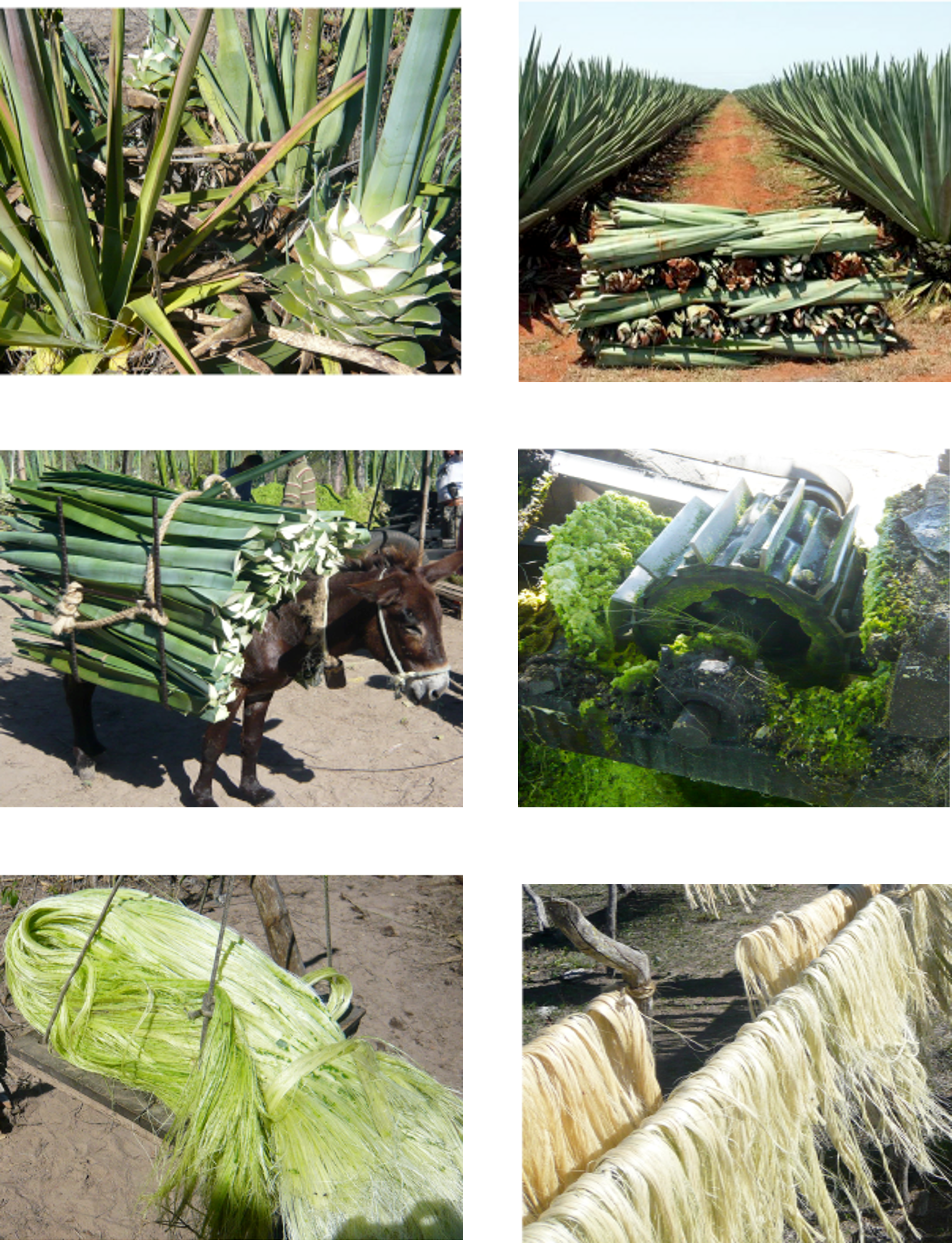
Extraction of sisal fiber
Natural rubber is tapped directly from trees
Our supplier of rubber mats in India has its own rubber plantations. The material in their carpets is a mixture of natural rubber, directly from their own plantations, and recycled rubber from the waste material from their own production. The mixture makes the rubber mat even more durable compared to using only “virgin rubber”. In the past, car tires were recycled for the purpose, but nowadays there are too many metal fragments in the tires, (especially in the cheaper varieties), for the mats to be approved at the ongoing Reach -tests carried out on the finished product before export to EU countries.
Liquid latex, also called natural rubber, is a sticky white sap that collects in a cup on the trunk of the rubber tree. The sap solidifies quickly and is therefore mixed with ammonia powder to a smooth white paste to maintain consistency. The latex compound is used in the manufacture of our durable rubber mats and is ironed on the back of many of our woven mats as a non-slip protection. The coating is done either by hand or by machine, depending on the carpet’s material and weaving method.
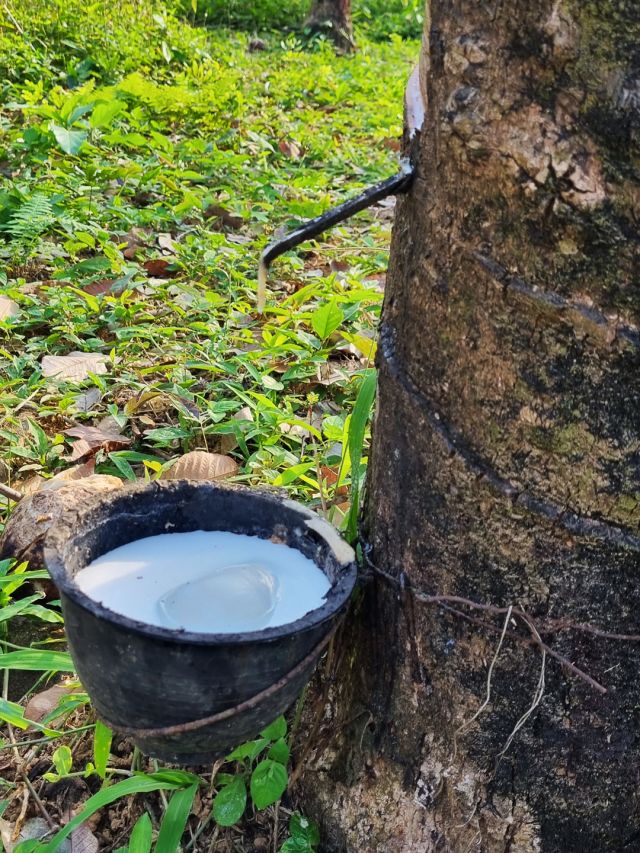
The latex collects in a cup on the rubber tree
Water hyacinth from the Mekong Delta river system in Vietnam
The water hyacinth in Dixie’s hand-woven baskets can be harvested in the Mekong Delta river system in Vietnam. It grows on the surface of the water as a floating and invasive weed. A certain part has to be cleared to free up transport routes and ensure the supply of fresh water, but in many places the plant contributes to a good income for the farmers who live along the river.
The farmers create enclosures to prevent the water hyacinth from spreading unchecked. Each farmer has their own floating fields which they often combine with fishing because these thrive under the protection of the plants. Our supplier buys all the braiding material they need from these local farmers.
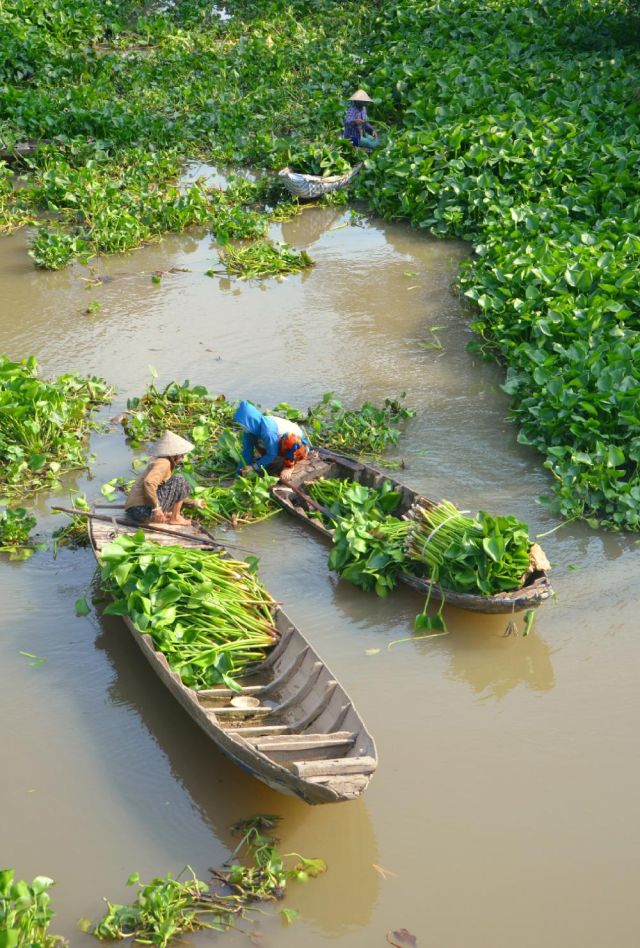
Water hyacinth stalks are harvested in abundance on the Mekong River
The farmers who control the stock harvest the longest stems while the mother plant is left in the river to grow on.
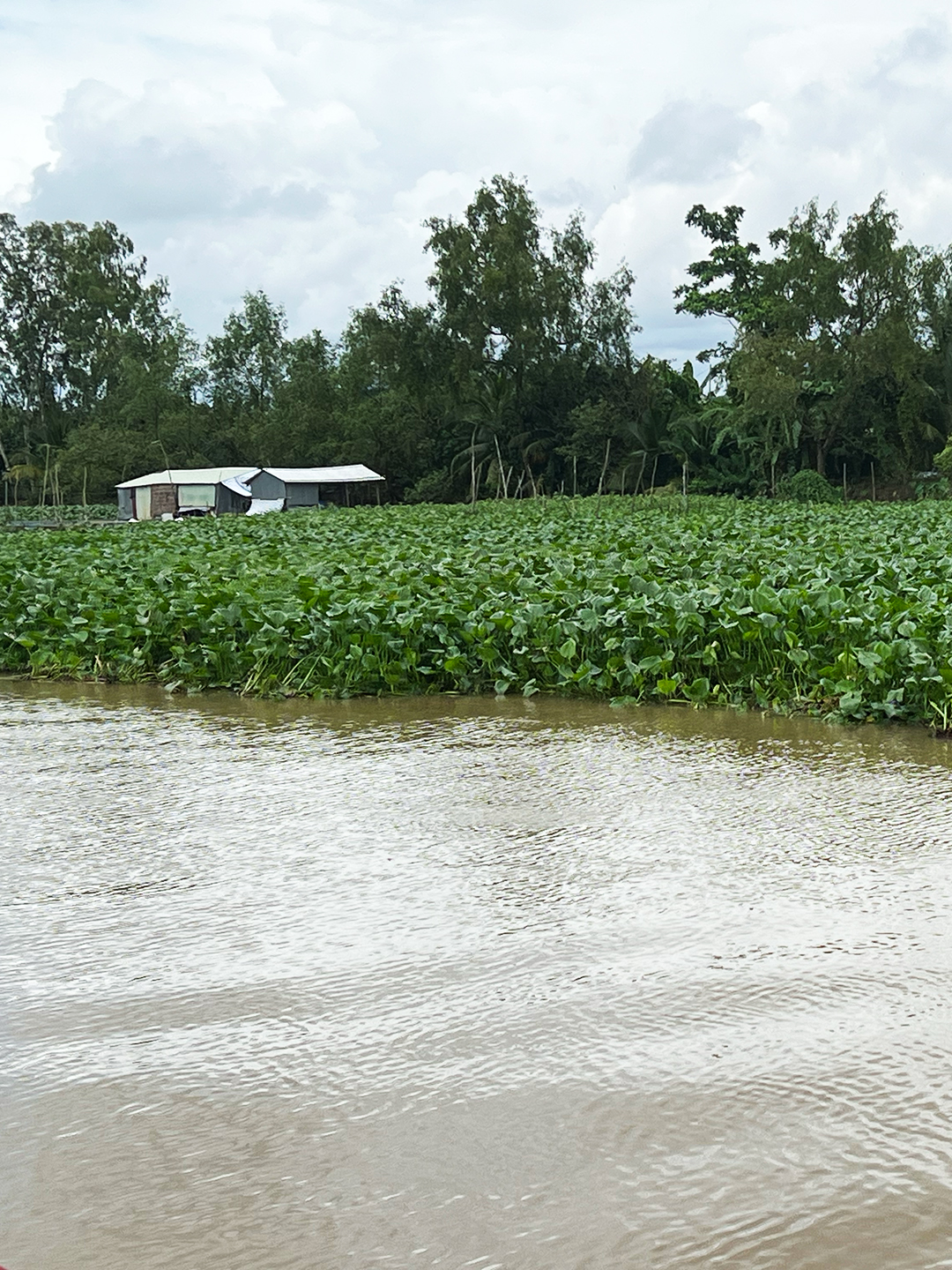
River fields with water hyacinth in Vietnam.
Preparation of jute
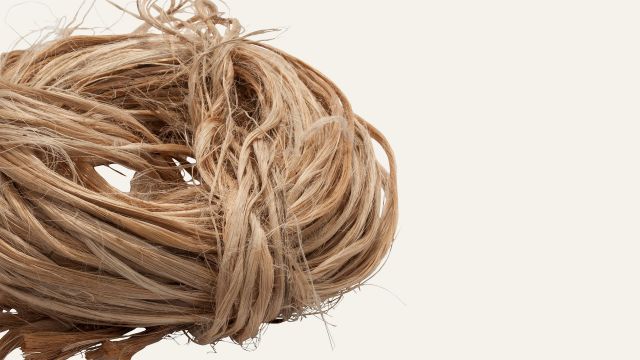
The leaves that grow on top of the jute plant are cut and then the stem is soaked in a nearby stream to loosen the fibers from the stem’s outer shell, so-called rotting. The preparation then continues with the fibers being detached from the stalk, washed, dried and stretched to finally be sorted by hand based on quality and color shade. The quality is assessed based on how long fibers can be extracted from the stem. After possible bleaching and/or dyeing, the jute is centrifuged and then 80% of the water disappears. Finally, the fibers are spun into yarn that is wound onto a spool or twisted into coarser rope, depending on the product to be sewn, woven or braided.
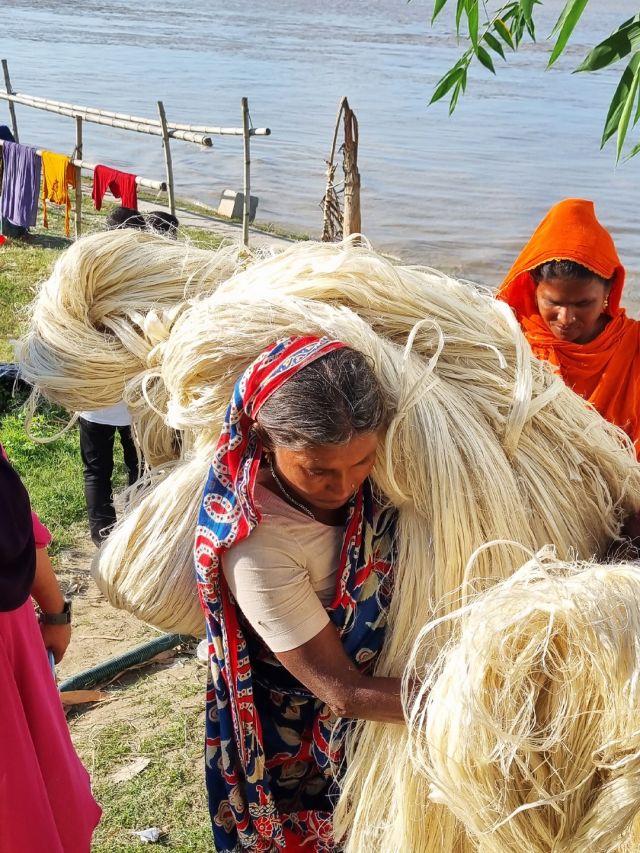
Collecting bleached jute after drying by the river
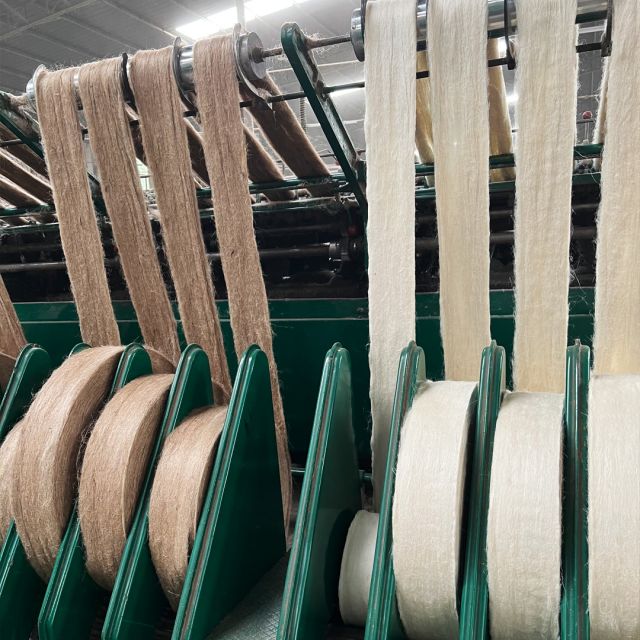
Stretching bleached and unbleached jute
Bleached and unbleached jute
The jute yarn is strung onto tapered large triangles. From here, the yarn is straightened and transferred onto bobbins and shuttles, to prevent knots and tangles from finding their way into the handwoven carpets. If you want bright colors on the products, the jute is bleached first. The bleached jute is sorted by hand into different piles depending on the shade of color the yarn received in the bleaching process. In the case of possible colouring, the same shade is then used on the entire lot to get as similar a final result as possible on the product. However, this means that light colors have greater variation than dark ones at different shipping times and times of the year. Dark colors are dyed from unbleached jute, which in turn can also cause variations but often gives a vivid and appealing impression.
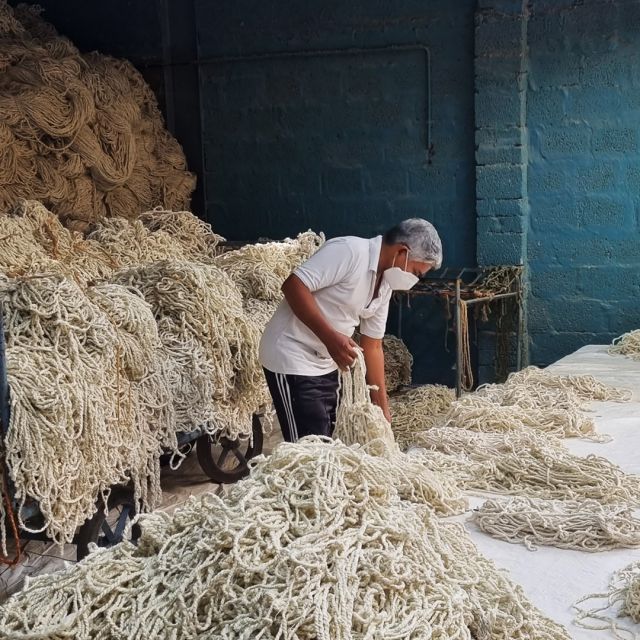
Shade sorting of bleached jute
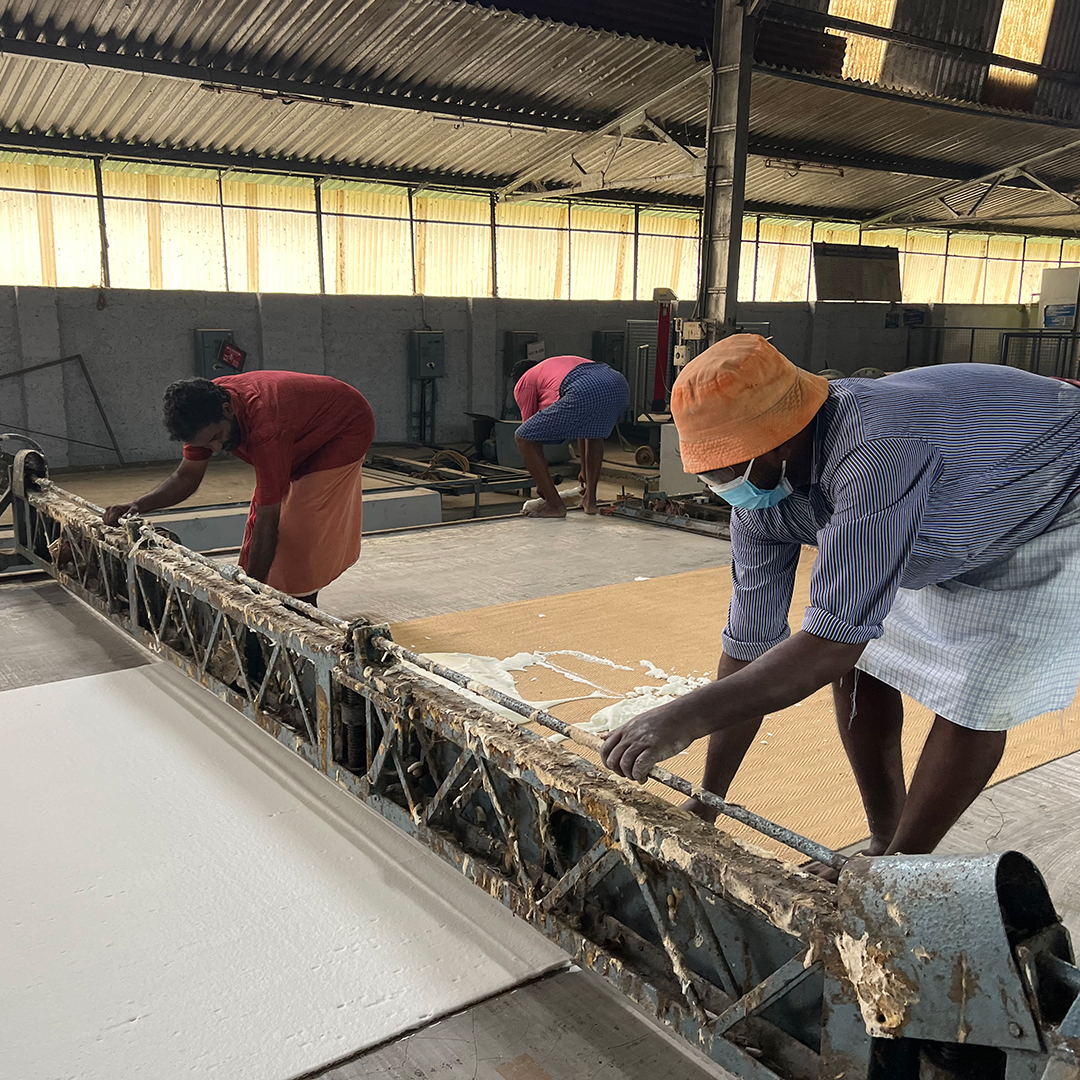
Natural latex is ironed on the back of machine-woven carpets
Natural latex is used as anti-slip
Liquid natural rubber (latex) solidifies quickly. In order to be able to work with the material, the latex is mixed with ammonia powder, which is whipped down and becomes a viscous paste. The latex provides a slip protection on the back of our doormats and some larger rugs. Our hand-woven jute doormats with folded edges need to be taped before the latex is applied completely manually, which is a time-consuming process. The machine-woven sisal on a roll has the advantage that it can be latex-coated using more effective methods.
Preparation of seaweed
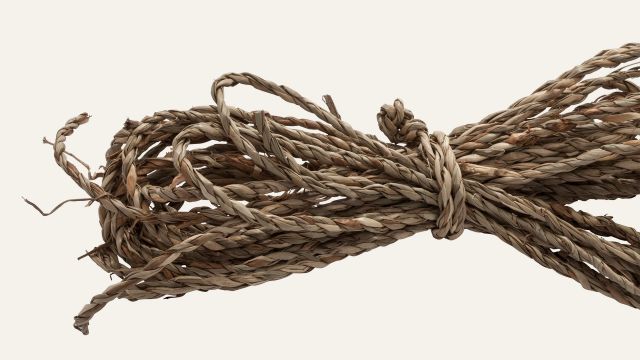
The dried seaweed is hand-twisted into ropes of various thicknesses and then sewn or tied by hand into beautiful baskets and placemats. Seagrass is a cheaper material than, for example, jute because it neither requires cultivation work nor soaking after harvest. Just like the water hyacinth, the seaweed is ready to use immediately after a few days of drying. The growth time for seaweed is 3-4 months.
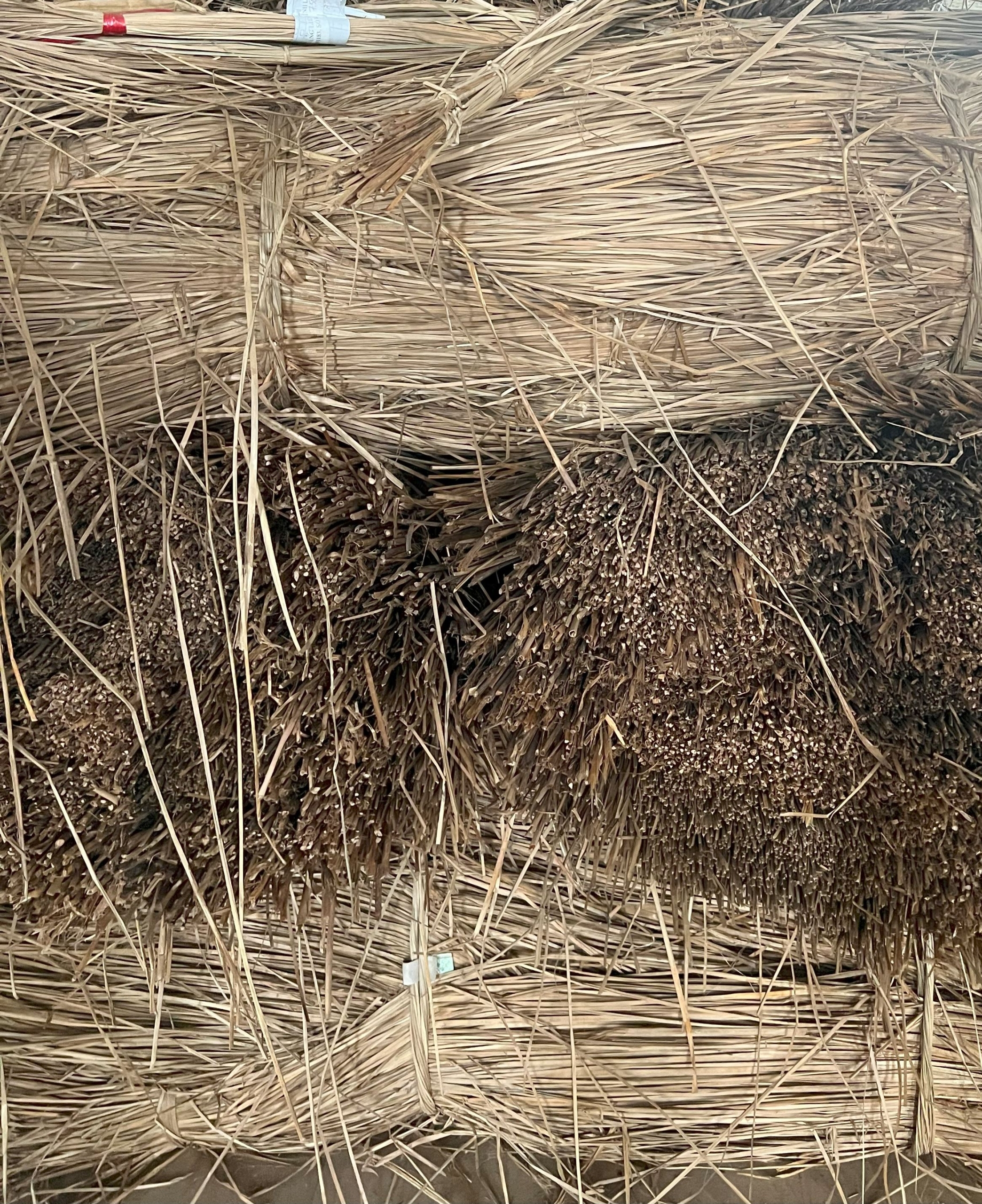
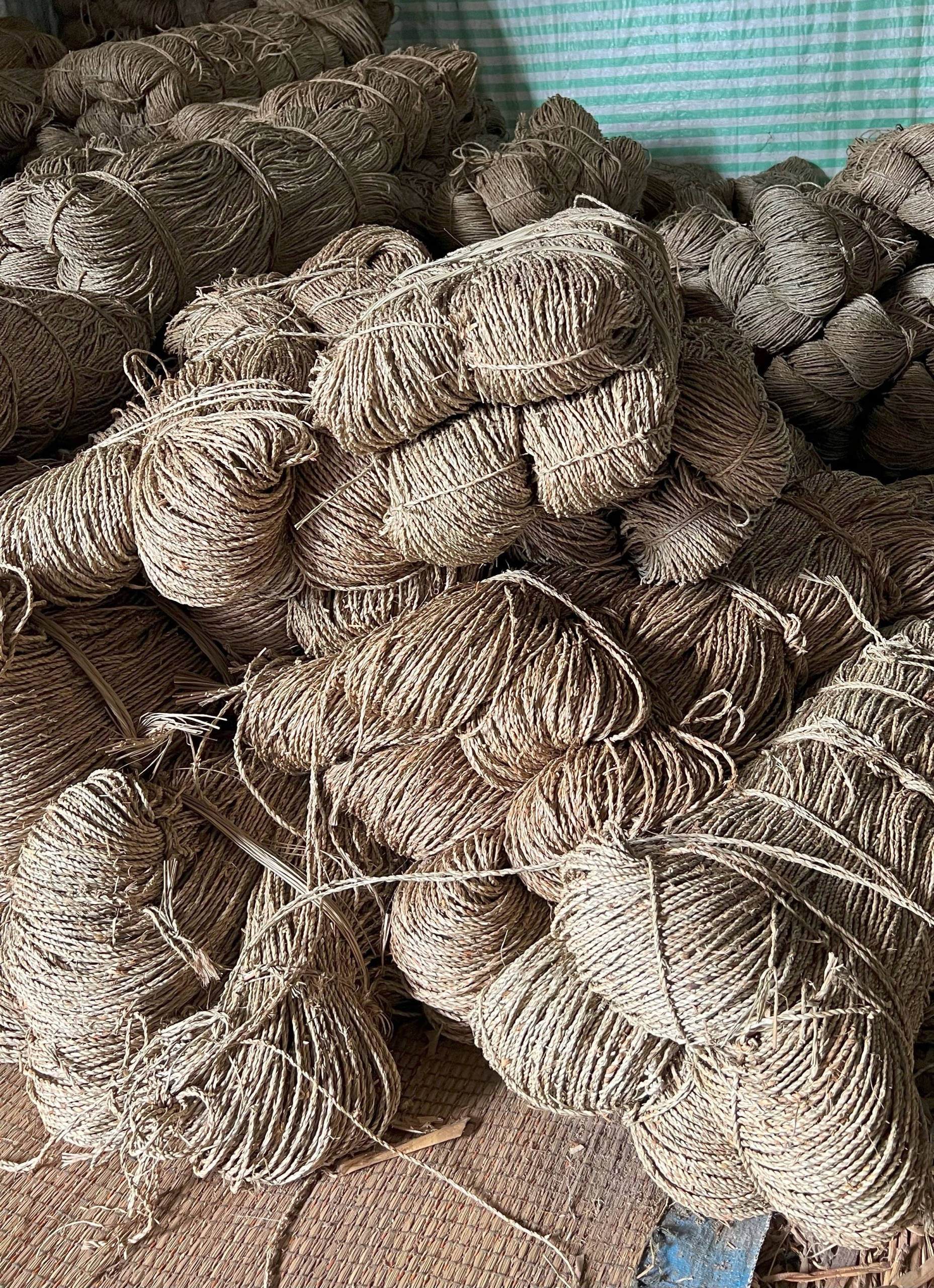
Twisted seaweed rope ready for product manufacturing
Preparation of water hyacinth
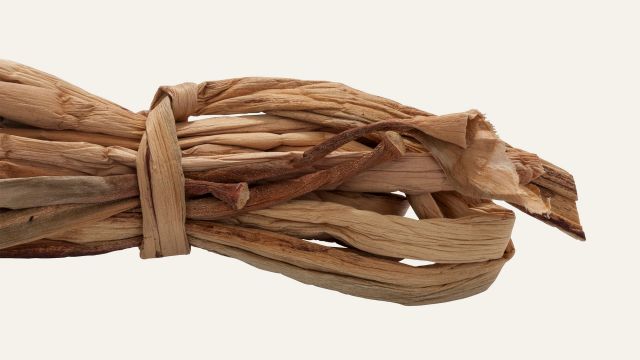
After harvesting, the stately stalks are sun-dried for 2–3 days (7–8 days in wetter weather) before it is time for weaving. Further preparation of the material is therefore not needed, which is of course a great advantage. The whole process is only a week or so long and not particularly costly or environmentally damaging. Depending on the season, the stems may vary slightly in color and structure. In basket making, the lighter stems are generally preferred.
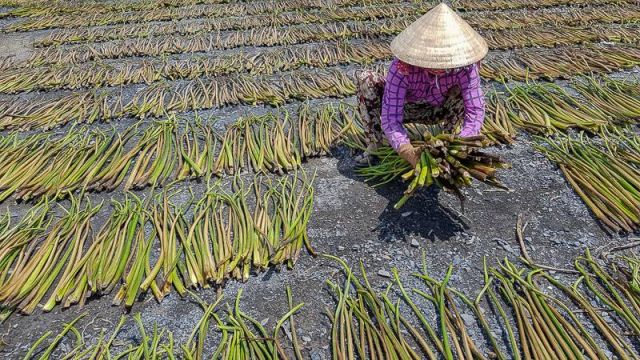
Sorting and drying water hyacinth stems
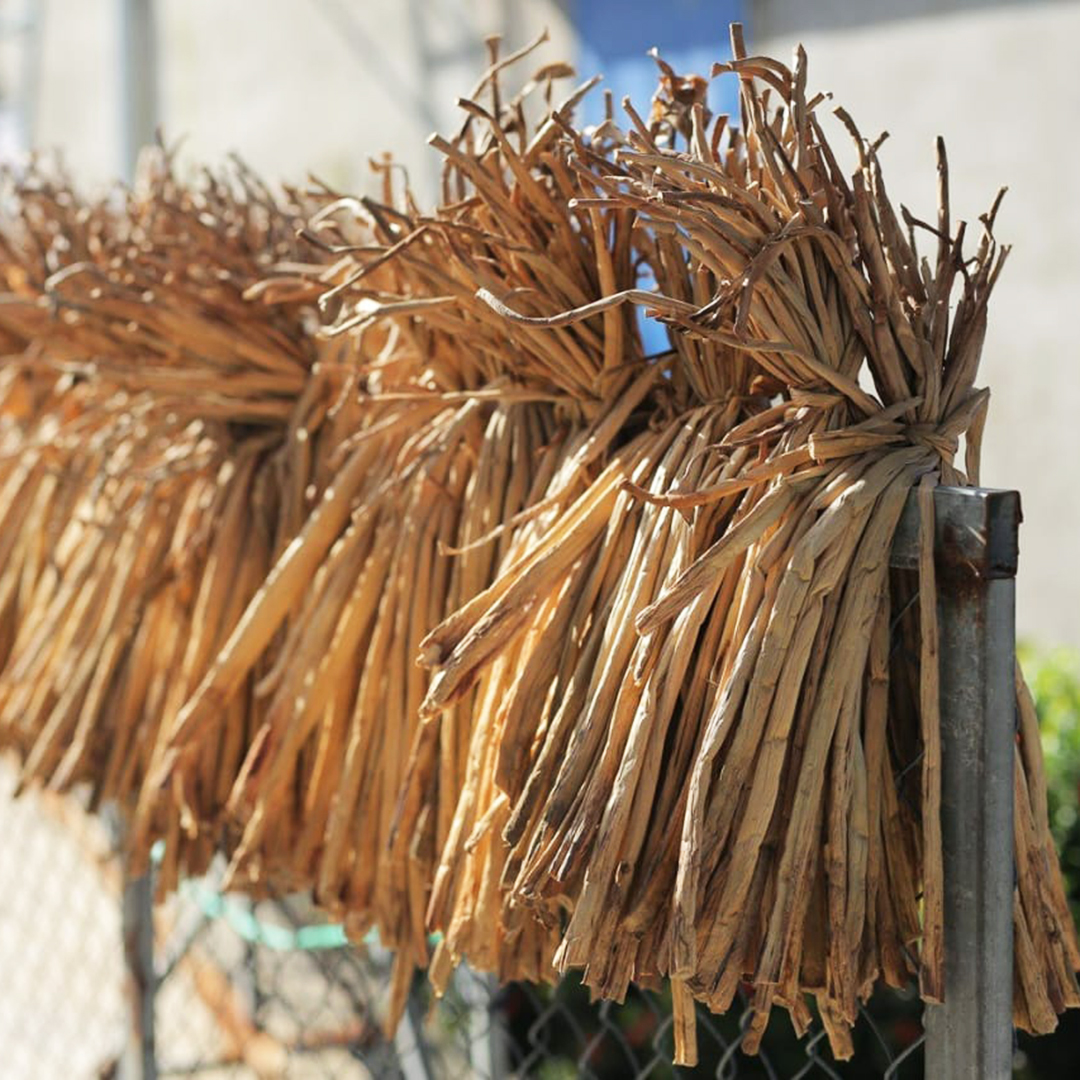
Water hyacinth stalks drying in the sun
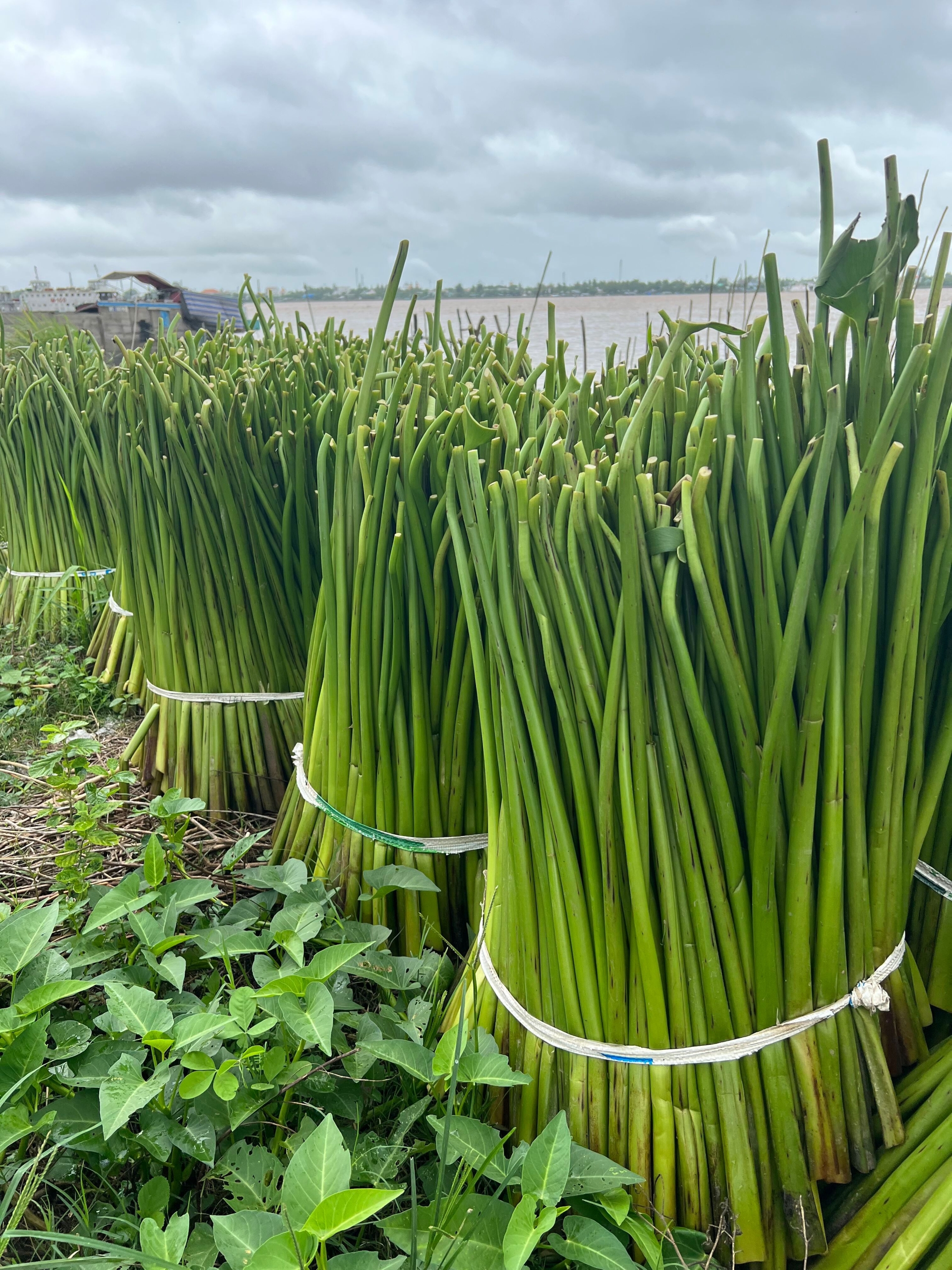
Collected stems at the river’s edge
